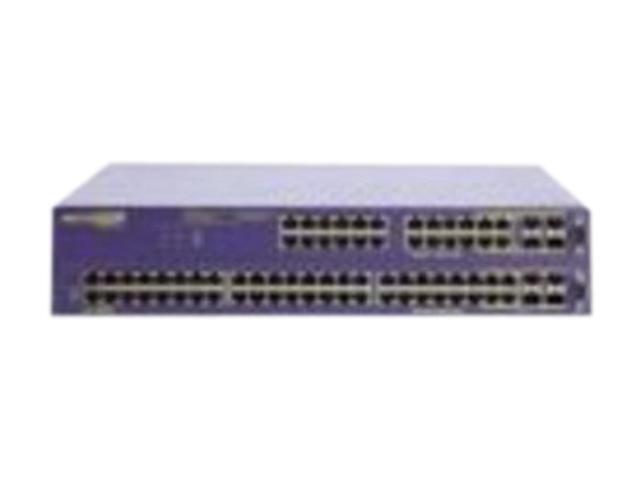

Remember, duplicate MACs are "allowed", as far as any out-of-the-box Ethernet switch is concerned- they just cause a problem that will interrupt network connectivity to each host in question. It is more of a race condition, although I haven't heard it referred to like that before.

If the IP and MAC address pair aren't listed in the output, then you must first 'ping' the target IP. Collisions are the result of a shared electrical bus. The quickest way to find all discovered MAC addresses is done listing all the current entries in the ARP table. authorization.ģ) Duplicate MACs will not cause collisions. They are similar but the difference is important look up authentication vs. The port security feature of some switches is different that "deauthentication"- it is deauthorization. You mentioned deauthentication in your question. Then, if the switch receives frames from a duplicate MAC on another switchport, it can place that port into a disabled state (shut it down.) The MAC address will be learned dynamically by the switch (like it usually learns MACs), but the difference is that once it is learned, it is bound to that switchport. If you want to use port security options on a managed switch, you can do stuff like only allow 1 MAC address per switchport. Managed switches will give you a warning printed in the console terminal if they detect a duplicate MAC (a MAC that 'exists' on multiple switchports), but by default they won't "do anything" about it AFAIK. Duplicate MAC addresses will not trigger any sort of security problem in an unmanaged switch (a switch without configuration software), or a managed switch (like most Cisco/HP/Junipers) that has not been configured for port security. The reachability of either host will flap on and off and be inconsistent.Ģ) Short answer: no.
Extreme networks show mac address table update#
So if there are two hosts, both with the same MAC address, then the switch will update it's MAC table every time it receives a frame from either host. Upon receiving any frame, the source MAC is read and compared with the current switching table, and then added alongside whichever switchport it was received on. I entered the command show mac address-table. It bases this table on the source address of frames it receives during the normal operation of the network. Goodmorning i would like to ask how i could find the specific mac address that is connected to my network switch.

Here’s an illustration: As you can see the first 3 octets are 01-00-5E. Unfortunately only half of the MAC addresses in this 24-bit prefix can be used for multicast, this means we only have 23 bits of MAC address space to use for multicast. So,ġ) In general, an Ethernet switch keeps a table of which MAC addresses are attached to which ports. The 24-bit MAC address prefix 01-00-5E is reserved for layer 2 multicast. Then select Netstat tab, choose radio button Display routing table information, then hit the blue Netstat button. It's possible for two hosts to have the same MAC, due to spoofing, a mistake during manufacturing, or willful negligence on the part of the manufacturer. Spotlight search (the magnifying glass icon in the top right corner of my display) -> Network Utility.


 0 kommentar(er)
0 kommentar(er)
